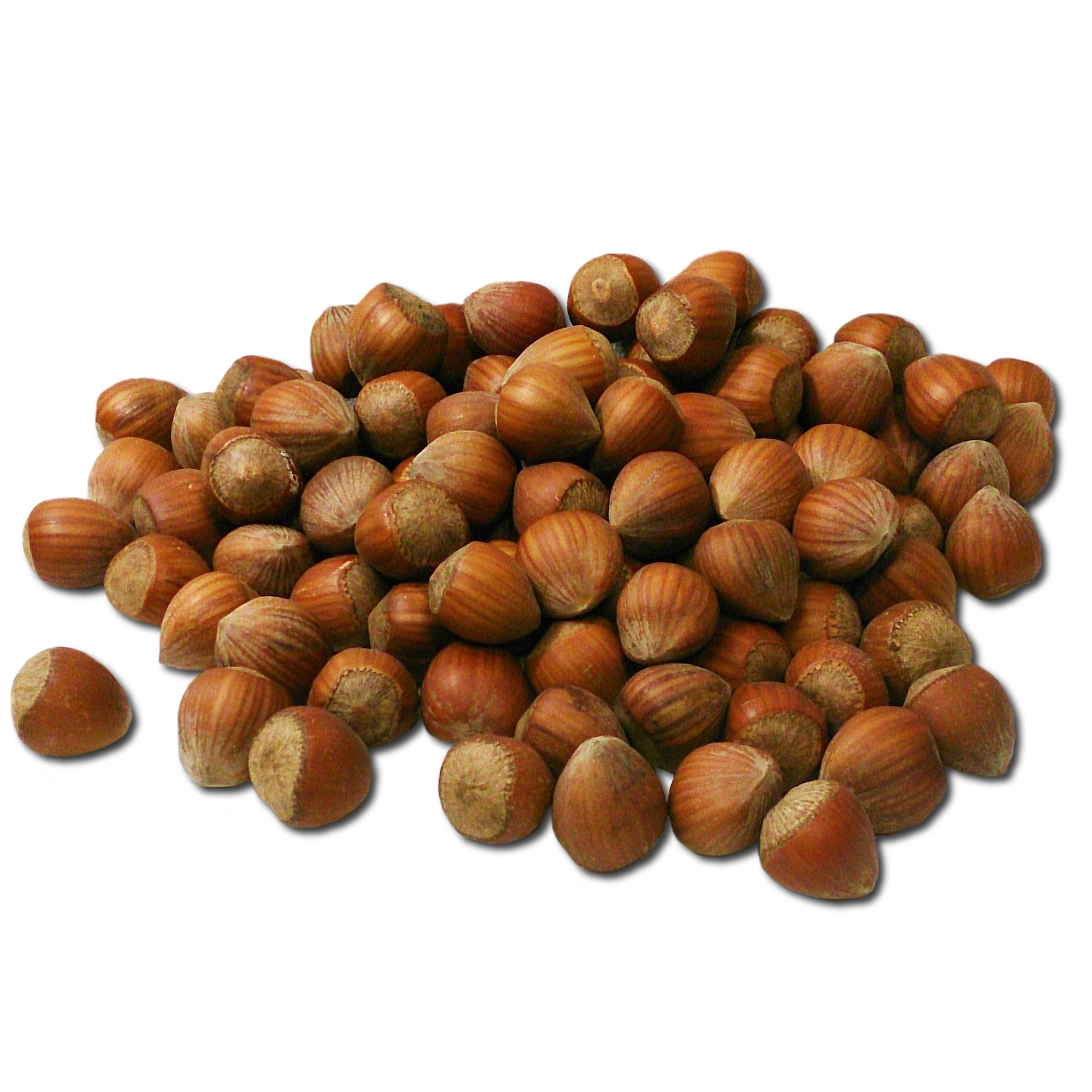
You can easily find hazelnuts in supermarkets without their shell, but most frequently in their shell.
It’s in the north of the Agenais region, right in the heart of the Aquitaine, that Lady Hazelnut chose Cancon for her capital (98% of France’s hazelnuts are processed in Cancon). The hazelnut, also sometimes referred to as a cobnut, is eaten as a dried fruit at snack times or as a dessert.
It is often used ground or chopped in baking and confectionery in various forms. You can also extract an oil from hazelnuts, one that is highly sought after for the exquisiteness of its taste and aroma. However, the vast majority of France’s hazelnuts is sold in their shells. French hazelnuts stand out from those from other origins due to their large calibres.
A big hit among athletes for the particularly high levels of energy it provides, the hazelnut is a natural source of fibre and essential minerals such as phosphorus and magnesium. The unsaturated fatty acids it contains have a beneficial effect on cholesterol. It is also very rich in vitamins E and B, and in iron, and doesn’t contain any sodium. All these qualities make it a valuable dried fruit in terms of health, to be eaten at all times of the day whenever you want.